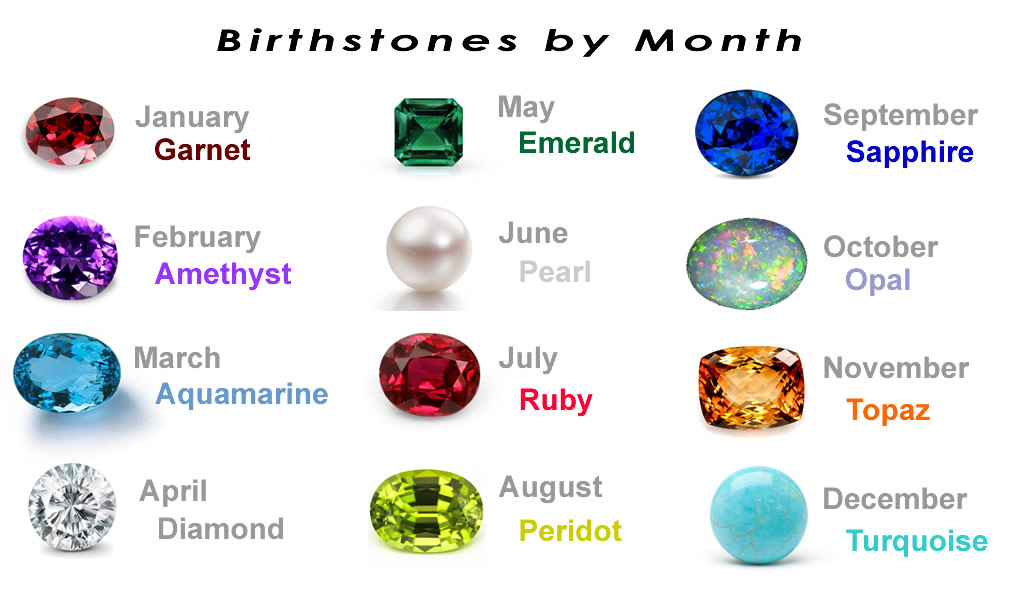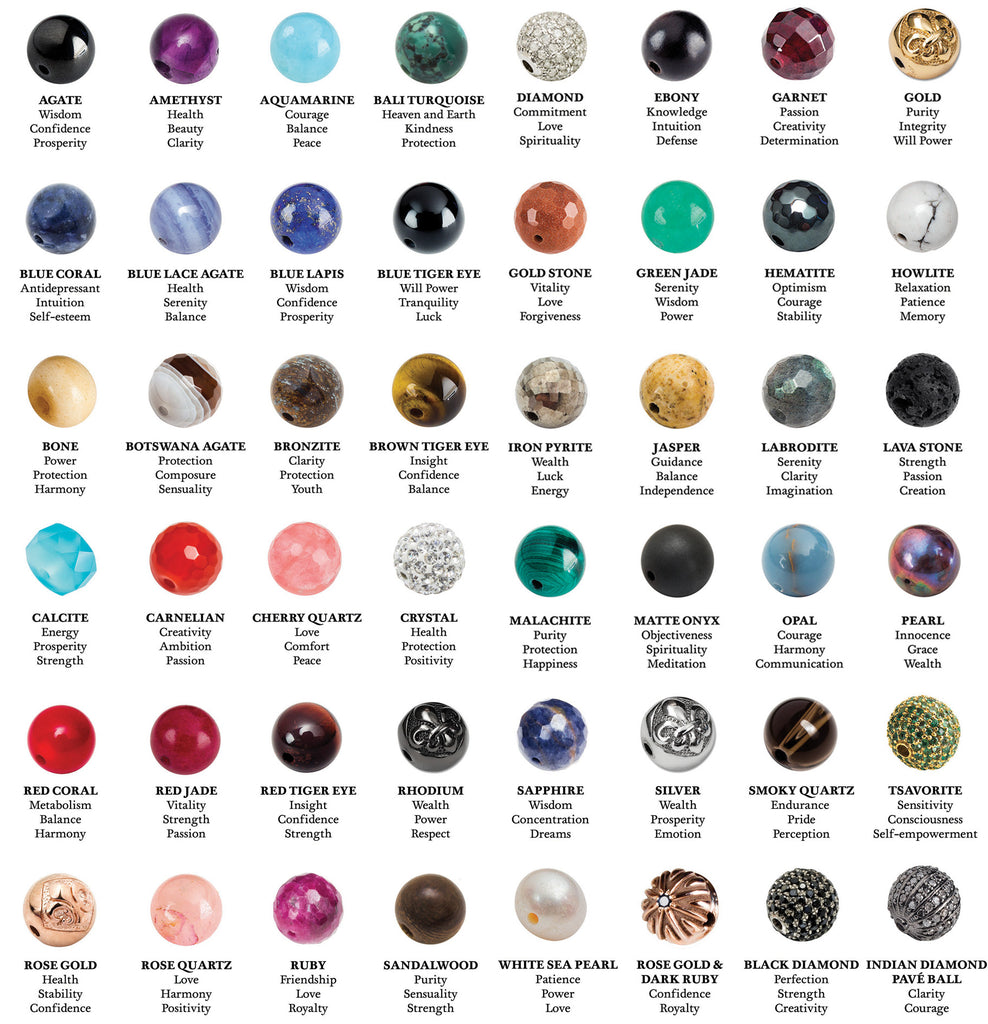

The red color is caused by traces of chromium.

Silicates-including quartz, mica, olivine, and precious minerals such as emeralds-are the most common class of minerals, as well as the major components of most rocks.

Rocks themselves are made of clusters or mixtures of minerals, and minerals and rocks affect landform development and form natural resources such as gold, tin, iron, marble, and granite. Geologists can tell a chalcedony from the arrangement and structure of its crystals. Chalcedonies include many types of cryptocrystalline quartz gems and feature a number of different colors. They can be made from a variety of materials, including diamonds, rubies, sapphires, emeralds, opals, amethysts, garnets and tourmalines.A pink chalcedony shows off its beauty. Ranking Precious Stones ranks 867th in the Product Complexity Index (PCI).ĭescription Precious stones and semi-precious stones are used in jewelry, such as rings, necklaces, earrings, bracelets, and other items. Tariffs In 2018 the average tariff for Precious Stones was 8.2%, making it the 526th lowest tariff using the HS4 product classification. Imports In 2021 the top importers of Precious Stones were Hong Kong ($1.59B), China ($1.29B), United States ($983M), Switzerland ($691M), and France ($602M).

They include Rubies, sapphires and emeralds worked but not set, Precious & semi-precious stones, nes, worked, not set, and Precious, semi-precious stones unworked, partly worke.Įxports In 2021 the top exporters of Precious Stones were Burma ($1.16B), United States ($1.05B), Thailand ($760M), India ($746M), and Switzerland ($563M). Precious Stones are a part of Precious stones, metals, & pearls. Trade in Precious Stones represent 0.036% of total world trade. Between 20 the exports of Precious Stones grew by 77.9%, from $4.31B to $7.67B. In 2021, Precious Stones were the world's 425th most traded product, with a total trade of $7.67B. Overview This page contains the latest trade data of Precious Stones.


 0 kommentar(er)
0 kommentar(er)
